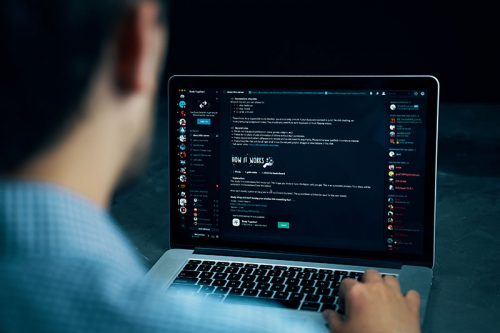PayPal Order Confirmation Email Scam
Phishing remains a persistent and dangerous tactic used by cybercriminals. Infosec researchers have identified a sophisticated phishing scam known as the 'PayPal Order Confirmation' email scam. This scam leverages fake order confirmation emails to trick recipients into divulging sensitive information. This article will dissect the components of this scam, identify its warning signs, and provide guidance on how to avoid becoming a victim.
Table of Contents
Anatomy of the PayPal Order Confirmation Scam Emails
The PayPal Order Confirmation Email Scam typically involves an email that appears to be from PayPal, notifying the recipient of a supposed purchase. The email claims that the recipient has purchased a subscription for a security solution at the cost of $425.65. It includes a toll-free number (+1 (808) 481 3754) to call for confirming or canceling the transaction. To add a veneer of legitimacy, the email contains:
- The PayPal logo.
- A fake order confirmation reference number.
- A fabricated transaction ID.
The Scammers’ Objective
When recipients call the provided toll-free number, they are connected with scammers who aim to harvest sensitive information. The information targeted includes:
- PayPal account login credentials.
- Credit card details.
- Personal information such as full name, address, and phone number.
In some cases, the scammers might try to persuade the victim to download malicious software or visit compromised websites, which can lead to further malware infections or unauthorized remote access to the victim's computer.
Warning Signs of Phishing Emails
Recognizing the warning signs of phishing emails is crucial in avoiding such scams. The PayPal Order Confirmation Email Scam exhibits several red flags:
- Unexpected Order Confirmation: Receiving an email about a purchase you did not make.
- Urgent Language: The emails often try to create a sense of urgency, pressuring the recipient to act quickly to confirm or cancel the transaction.
- Request for Personal Information: Legitimate companies, including PayPal, will not ask for sensitive information via email or phone calls.
- Generic Greetings: Phishing emails often use generic greetings such as 'Dear Customer' rather than addressing the recipient by name.
- Suspicious Email Addresses: The sender's email address may look unusual or slightly altered to resemble a legitimate address.
- Spelling and Grammar Errors: Many phishing emails contain spelling mistakes or poor grammar.
- Embedded Links and Attachments: Phishing emails often include links to untrustworthy or even malicious websites or attachments that contain malware.
Consequences of Falling for the Scam
The repercussions of falling for the PayPal Order Confirmation Email Scam can be severe, including:
Identity Theft: Personal information can be used to steal the victim's identity.
Financial Loss: Victims may lose money through fraudulent transactions or payments made to the scammers.
Malware Infections: Downloading malicious software can compromise the security of the victim's device.
Account Compromise: Access to the victim's PayPal account or other online accounts can be gained by the scammers.
Malicious Links: Phishing emails may also contain links directing recipients to malicious websites. These sites are designed to automatically download malware onto the victim's device or prompt the user to download and execute harmful files or programs.
Conclusion and Best Practices
The PayPal Order Confirmation Email Scam is a stark reminder of the sophistication and persistence of phishing attacks. By recognizing the common warning signs and understanding the tactics used by scammers, individuals can better protect themselves from falling victim to such scams. Here are some best practices to follow:
- Verify the Source: Always check the sender's email address and be wary of unsolicited communications.
- Do Not Respond: Avoid responding to suspicious emails or calling the numbers provided in them.
- Use Security Software: Ensure your devices are protected with up-to-date security software.
- Enable Multi-Factor Authentication (MFA): Adding an additional layer of protection to your accounts could help prevent unauthorized access.
- Report Phishing Emails: Report suspicious emails to the relevant authorities or the organization being impersonated.
By staying vigilant and informed, users can minimize the risk of falling prey to phishing scams.
